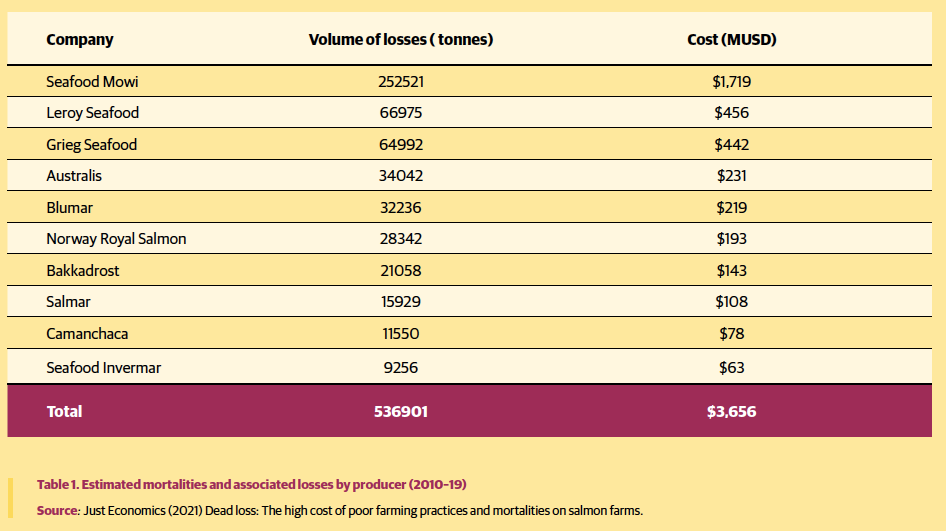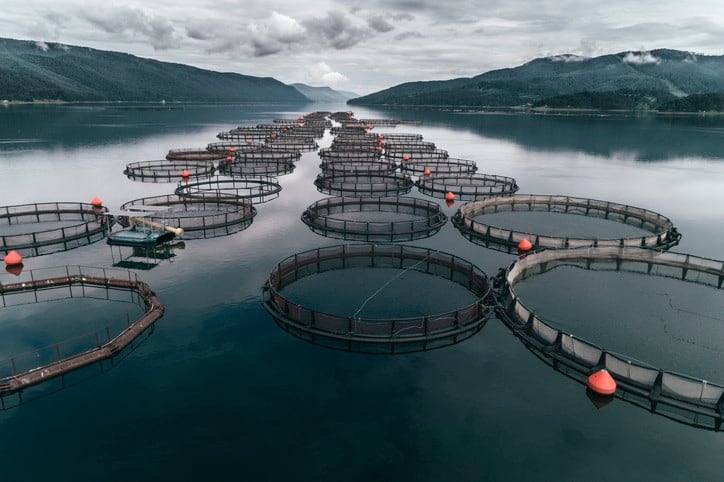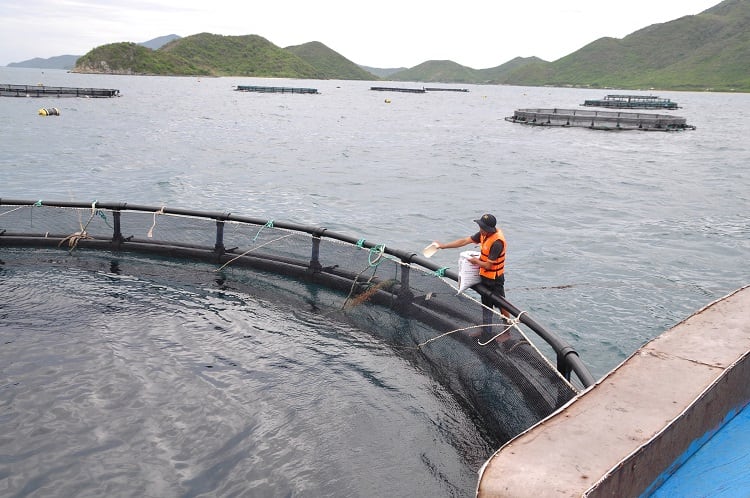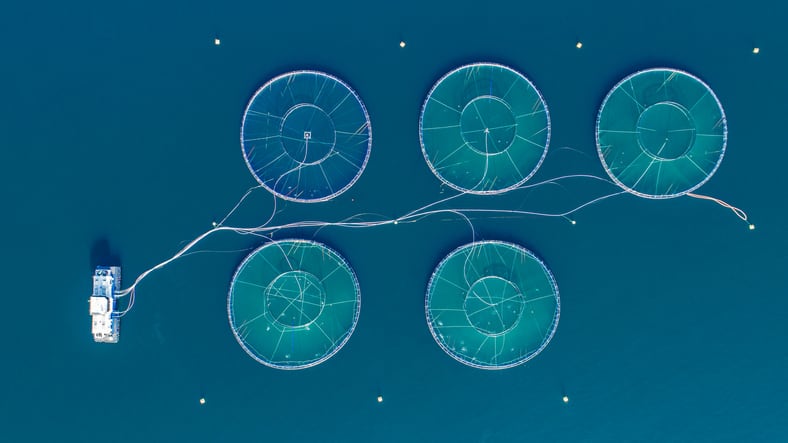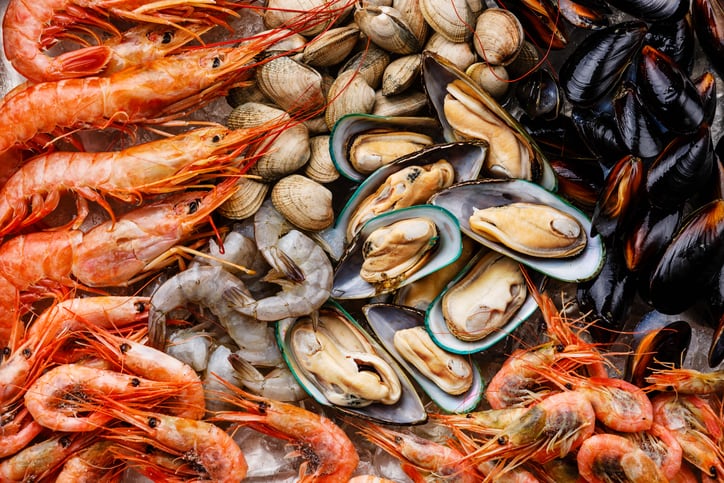Consumer demand for seafood is rising. The global seafood market is expected to reach a value of US$133.9 billion by 2026, up from $113.2 billion in 2020, according to research provider Global Industry Analysts.
In addition to purchase drivers like value for money and quality shoppers are increasingly asking questions around the provenance and social responsibility of the seafood they purchase. This is leading to increased pressure to source seafood from ‘approved’ sources.
Rising demand coupled with the depletion of wild stocks from overfishing mean that aquaculture will play a key role within the seafood supply chain. This sector is expected to grow significantly. The FAO projects aquaculture will provide 60% of the world’s fish consumption by 2030, growing significantly from its current share of just over 50%.
As a result, aquaculture is attracting rising levels of investment. Between now and 2030, it is projected that investment in the sector could range anywhere from $150–$300 billion, according to a study by Encourage Capital and The Nature Conservancy.

But a new report from Changing Markets Foundation, Feedback, Coalition for Fair Fisheries Arrangements and Western Sahara Resource Watch argues that issues such as fish mortality and the use of wild-caught fish for feed present significant environmental, social, and animal welfare concerns. This, the report authors argue, can affect returns and damage reputation, while also undermining progress towards the UN’s Sustainable Development Goals.
“Current unsustainable practices threaten to affect returns and damage reputation, as consumers come to realize the magnitude of fish dying in farms and also how these farms still use billions of wild-caught fish as feed, diverting valuable proteins from African and Latin American countries and damaging ocean ecosystems,” Alice Delemare Tangpuori, Campaign Manager at Changing Markets Foundation, stressed.
High fish mortality levels and welfare worries
According to Delemare Tangpuori, fish farms suffer from unacceptably high fish mortality rates.
“In 2019, mortalities on salmon farms in Norway stood at 15%. Compassion in World Farming calculated that mortality rates on Scottish salmon farms average 24.2%, while the mortality rate for sea bass and sea bream farmed in the Mediterranean is 15-20%. This is much higher than mortalities found in other forms of industrial farming, for example, mortality rates on egg laying hen farms are between 5% and 6%,” she told FoodNavigator.

Why are death rates among industrially farmed fish higher than other animals raised under intensive conditions? Delemare Tangpuori said the comparison points to poor welfare conditions and raises concerns over farming practices in the aquaculture industry.
But this issue isn’t just about animal welfare and any potential consumer backlash. It is a financial issue that is impacting the bottom line. Good fish health versus poor fish health can make a difference of 20% of the market value of a company, the report found.
Delemare Tangpuori elaborated: “Fish mortality is often directly related to poor farming practices, but this is causing significant financial losses to producers. According to Just Economics research, fish mortalities cost US$15.5 billion over seven years to the four main salmon producing countries (Norway Scotland, Chile and Canada).
“With our report we are trying to show to investors that it makes financial sense to invest in good fish husbandry and that they should put pressure on producers to address these fish welfare issues.”
Changing Markets Foundation and its collaborators want investors to use the power of their capital to push the aquaculture sector in a more environmentally responsible direction.
“Institutional investors have an opportunity to steer the future of the industry by directing investments toward the most sustainable forms of aquaculture,” Delemare Tangpuori told us.
The report calls on investors in aquaculture to develop ‘robust policies and practices’ that require companies to reduce mortality rates on fish farms and require regular reporting; adopt good fish welfare standards; eliminate the use of wild-caught fish in feed by 2025.
Wild fish as feed: An economic and environmental time bomb
The use of wild-caught fish as feed in aquaculture has frequently been branded as wasteful and unsustainable. According to data from Compassion in World Farming, over 69% of fishmeal and 75% of fish oil production used to feed farmed fish derives from wild-caught stock.
The farmed fish sector is therefore a significant contributor to the overfishing of wild stocks – and the system diverts wild protein sources from populations in the global south to feed fish produced elsewhere.
From an investment perspective, the report suggests this situation also represents a ‘systemic and economic threat’ for companies. Feed is the single largest input cost for fish farmers – between 50% and 70% of business expenditure. As wild populations decline and shortages push up prices, this will put pressure on fish farmers’ margins.
“If business as usual continues, rising demand for fishmeal and fish oil could outstrip supply by up to 16 million tonnes a year by 2025 [according to a FAIRR report]. Unsustainable levels of fishing will further deplete pelagic fish stocks used by the fishmeal and fish oil industry.
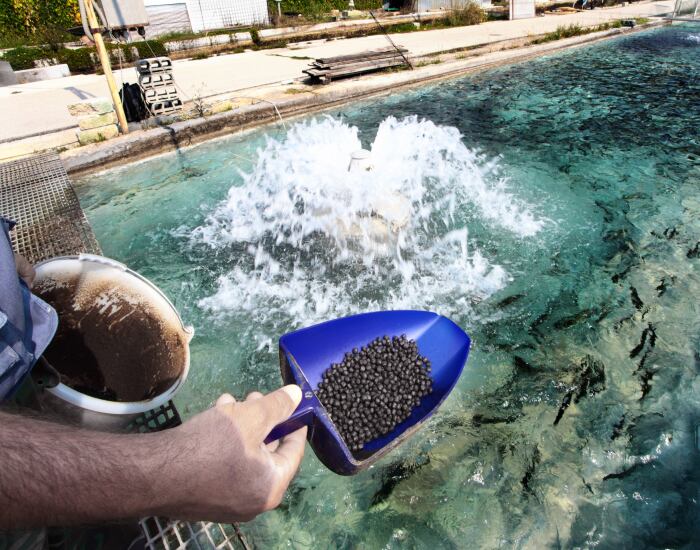
“Ultimately, dependence on wild-caught fish for feed limits further growth and profitability of the aquaculture industry in its current form. Aquaculture and aquafeed companies (and their investors) that remain reliant on marine ingredients will eventually lose out to companies that invest in the development of, and make the switch to, sustainable alternatives.”
Changing the investment thesis
Currently, the largest institutional investors putting their cash into aquaculture largely fail to take these considerations into account, the report – ‘Investing in troubled waters: the material risks of fish mortality and the use of wild-caught fish in feed for the aquaculture sector’ – found.
Not a single investor or financial institution has in place ‘robust policies’ to require the reduction of farmed fish mortality rates, either directly or in their supply chain. No investors or financial institutions have criteria in place requiring a reduction or phase-out of the use of wild-caught fish as feed. And 65% of investors and financial institutions fail to put in place criteria to ensure no illegal, unreported and unregulated fishing or other compliance failures occur in their portfolio of investments and lending to the aquaculture sector.
This means that investors in the sector are failing to protect themselves against the significant risks that current production systems are exposed to.
At a consumption level, poor fish welfare is a reputational risk for the industry. “Consumers are increasingly questioning the welfare of the fish they eat and the impact industrial aquaculture and overfishing has on the environment and marine life,” Delemare Tangpuori stressed.
In the Business Benchmark on Farm Animal Welfare 2019, companies reported an increase in consumer interest in the welfare of animals farmed for food, illustrating that it is ‘essential’ companies are seen to have high animal-welfare standards. More specifically to fish welfare, a ComRes 2018 survey of over 9,000 adults across 9 European markets showed 4 in 5 (79%) people believed the welfare of fish should be protected to the same extent as the welfare of other animals we eat, with further research suggesting consumers are willing to pay 14% more for salmon produced with higher welfare standards.
“This signifies not only risks, but also big opportunities for companies that invest in better alternatives, including higher-welfare seafood and higher environmental standards.”
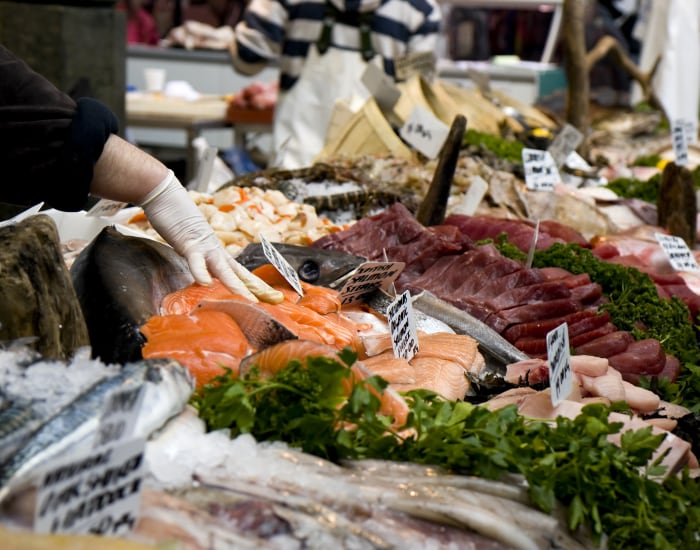
Lack of transparency hinders progress
One issue that investors who want to support change in the aquaculture sector will come up against is a lack of transparency and inconsistent reporting requirements. This is particularly an issue when assessing fish mortality rates.
“The aquaculture industry as whole is lacking in its transparency and reporting of mortalities. Where data is available, it is reported inconsistently, and the number of total mortalities is likely to be significantly underestimated. This is an area where the aquaculture industry needs to improve,” Delemare Tangpuori said.
Data is only revealed by companies in Scotland and Norway. “Data on mortalities in salmon farming are only consistently available in Norway and Scotland, where producers report them to the government, while similar data is largely absent in other producing countries and for other species,” Delamare Tangpuori explained.
However, from the data available, the aquaculture expert said some conclusions can be drawn about those who deliver a best – and worst – in class performance.
Delemare Tangpuori revealed: “From available data from the top ten salmon producers, over half a million tonnes of salmon – worth $3.7 billion – died or escaped between 2010 and 2019. Mowi’s mortality rate accounted for almost half this loss. Since 2010, 50 million salmon (a quarter of a million tonnes) have died or escaped from Mowi farms. Mowi was ranked the worst for animal welfare out of the four large salmon-farming companies present in Scotland in a 2018 report by OneKind.
“According to the same 2018 report by OneKind, it seems possible to achieve high welfare and low mortality rates on farms. For example, Wester Ross Fisheries stood out from the others in terms of good animal welfare: across the company’s three sites there were no incidents of escapes, there were low sea lice levels, and monthly mortality rates did not exceed 10%.”
